
The study found no association between treatment and the risk of chronic kidney disease or end-stage renal disease.

The study found no association between treatment and the risk of chronic kidney disease or end-stage renal disease.

In a poster presented at the Association for Research in Vision and Ophthalmology’s 2022 annual meeting, Dr Osama Ibrahim Hirayama and colleagues offered results that demonstrating that anisometropia and astigmatic error were greater among the patients with high myopia compared with the other groups. Compared with the subjects with no myopia, those with high myopia reported significantly more dryness, less photophobia, and less pain.
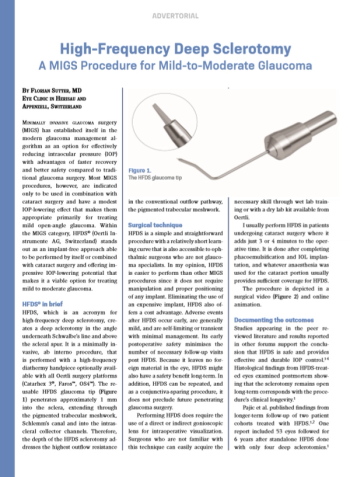

During a presentation at the Association for Research in Vision and Ophthalmology’s 2022 annual meeting, Dr Yuichi Hori and colleagues found that taping the top border of a surgical mask to a clinicians’ skin reduces the potential for ocular surface damage resulting from expirations of air reaching the ocular surface during the COVID-19 pandemic.
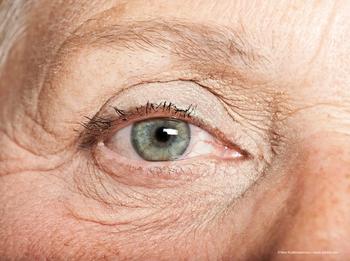
The axitinib intravitreal implant (OTX-TKI) is being evaluated to treat wet age-related macular degeneration in a phase 1b clinical trial.

Investigators from the New York University Grossman School of Medicine presented data at the ARVO 2022 annual meeting that concluded mapping of the relative cerebrovascular reactivity in the murine brain showed widespread brain changes resulting from the chronic IOP elevation and demonstrates vascular involvement in glaucoma both within and beyond the primary visual pathways.
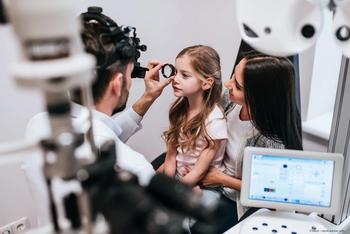
In a poster presented at the Association for Research in Vision and Ophthalmology’s 2022 annual meeting in Denver, Dr Mamoru Ogawa noted that investigators have found that the choroidal and central corneal thicknesses increased over a very short period of time following intensive outdoor activity.

Authors of a retrospective study into complications associated with iris implants advise that the procedure should be considered as malpractice.


In one study of children with solitary unilateral retinoblastoma, the youngest children were found to have the greatest risk for a germline mutation.
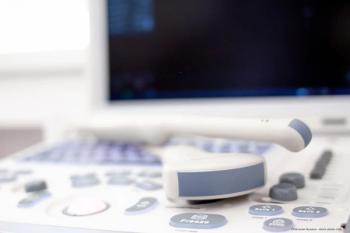
Researchers at the University of Southern California have stimulated the retinas of blind mice using focused ultrasound technology.

It is particularly important to identify any signs of meibomian gland disease in patients to prevent gland atrophy and loss of function.

The pandemic has impacted ophthalmic surgical training. Exercises have been developed to provide key skills that can be practised simply at home and require no special equipment.

In patients with amblyopia, minuscule fixation eye movements play a major role with treatment, according to Dr Fatema Ghasia.
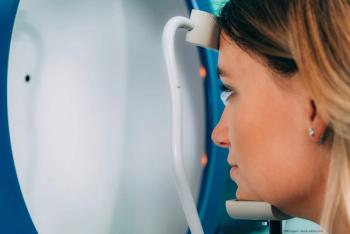
Light-based biometry is especially effective for providing accurate measurements inside the eye and evaluation of the ocular surface.

Thanks to recent innovation, ophthalmologists have several options at their disposal for the treatment of presbyopia.

Options under investigation for the treatment of AMD include interruption of the dry AMD disease process and gene therapy to prompt the retina to heal itself.

A multicentre, retrospective, consecutive international study on infants with ROP who were treated with anti-VEGF injections demonstrated good outcomes and low complication rates.

The trial marks the first-ever in vivo delivery of an experimental CRISPR gene editing medicine to a paediatric patient, with the company on track to complete dosing of the paediatric mid-dose cohort in the first half of 2022.

An end-of-week review of what happened in ophthalmology from April 9-April 15.
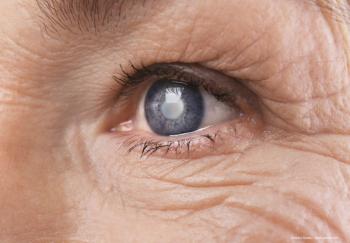
Overall anterior stromal haze was greater at all postoperative time points.

A team of investigators from Pohang University of Science and Technology has found that conjunctival goblet cell examination is important for the precise diagnosis and effective treatment of ocular surface diseases; however, CGC examination has not been possible until now due to lack of non-invasive devices.

This affordable device allows the view through a slit lamp to be shared in real time or recorded, for teaching purposes and for reference.
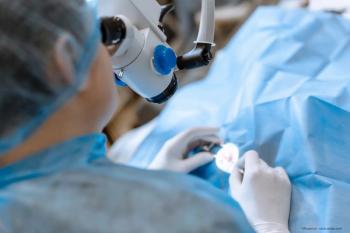
A large retrospective analysis was carried out to investigate various risk factors for endophthalmitis as well as the effect of using a hydrogel sealant.

iStar Medical announced the expansion of its commercial rollout of its MIGS implant MINIject® to the UK.

The International Agency for the Prevention of Blindness (IAPB) recently announced an expansion of their ‘Focus on Glaucoma’ and ‘Focus on Diabetes’ series with their new ‘Focus on Child Eye Health’ series in partnership with CooperVision.

Approval is based on year 1 data from the Phase III KESTREL and KITE trials investigating brolucizumab 6 mg versus aflibercept 2 mg in DMO patients.

Developments in imaging, translational research and clinical trials of treatments for retinal diseases dominated discussion at the two-day Bascom Palmer Eye Institute Angiogenesis, Exudation, and Degeneration 2022 virtual conference.

Lower dose of bevacizumab is as effective as a higher dose for treating retinopathy of prematurity.

Successful outcomes in rhino-orbital-cerebral mucormycosis depend on awareness of red flag symptoms and signs, prompt diagnosis and early treatment with amphotericin B and surgery as necessary.